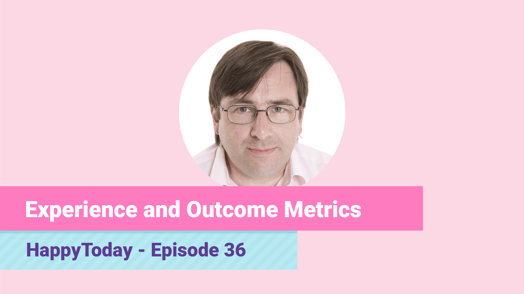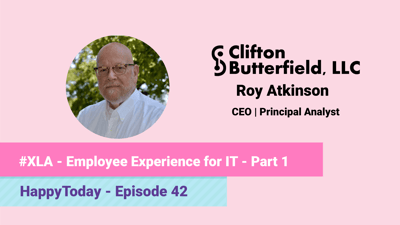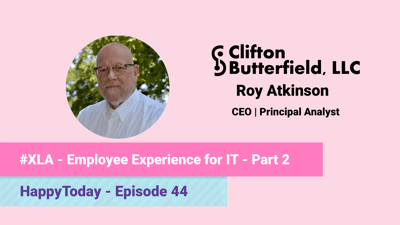Barclay Rae has been working in the ITSM industry for over 30 years with organisations such as SDI and ITSMF UK, as well as recently redeveloping ITIL with AXELOS.
Today, Barclay independently consults through a synergy of proven approaches, experiences and common sense on guiding his clients to practical success.
Not so juicy Watermelons
Barclay is the original creator of the Watermelon concept; where IT organisations are focused on SLA metrics which focus on measuring IT processes rather than the use of the services and the value.
These SLA metrics can be met and appear green, however when you dive deeper end-users are red due to poor experiences and outcomes not being met. Just like the inside/outside of a watermelon.
HappySignals has adopted this concept from an early age, and we believe it is a great analogy to show where companies are going wrong when it comes to understanding their end-user experiences.
Recently, Barclay has written a blog article: Watertight not Watermelon SLAs where he dives deeper into the impact of SLAs and how Experience and Outcome metrics such as XLAs can provide business value.
Value doesn't just mean cost. Value refers to whether the business delivered what the business needed, with quality, in a quick manor, have your end-users have actually benefited or has it improved relationships with customers?
Focus on Experience and Outcomes
This draws full-circle to measuring experience and outcomes. Once you have established what value outcome you want to provide to your end-users, you can agree and measure experience on how to reach that desired outcome.
Establishing what value and outcome you want to provide for your end-user will essentially determine whether that experience or outcomes has been met.
The reason why Barclay uses Experience and Outcomes metrics is because, even though he agrees with the concept of Experience Level Agreements (XLAs), he finds it hard to establish how a written agreement can sustain measuring experience and whether and outcome has been met.
Barclay claims that creating an agreement may be challenging, however there needs to be an understanding of what the expectations are when measuring experience and outcomes.
What's an example of Experience and Outcome metrics?
It is hard to give a concrete example of what an experience or outcome based metric may look like due to it differentiating vastly amongst a companies interests, specific situation on what they desire to achieve or even industry.
But the main focus of this kind of metric is to listen to what is being said from your end-users. Have listening sessions where you dive deep into their understanding and current experience, listening to what they say is important to them.
By listening and understanding your end-users, then you can really create actual value for them, instead of developing something that in fact nobody cares about.
Combine this with your desired business outcome and performance metrics will create a winning formula to creating impactful value, for the business and your end-users
Upcoming Chances to engage with Barclay
Barclay will be attending the itSMF UK CX/SLA forum September 15th, with Sami Kallio also in attendance. Make sure to register in order to save your seat for both speakers.
You can also contact Barclay Rae via his website, LinkedIn or Twitter.
Barclay Rae's website also holds the 'Steps to Goodness' which is a dynamic and fast approach to the core of ITSM best practice.




